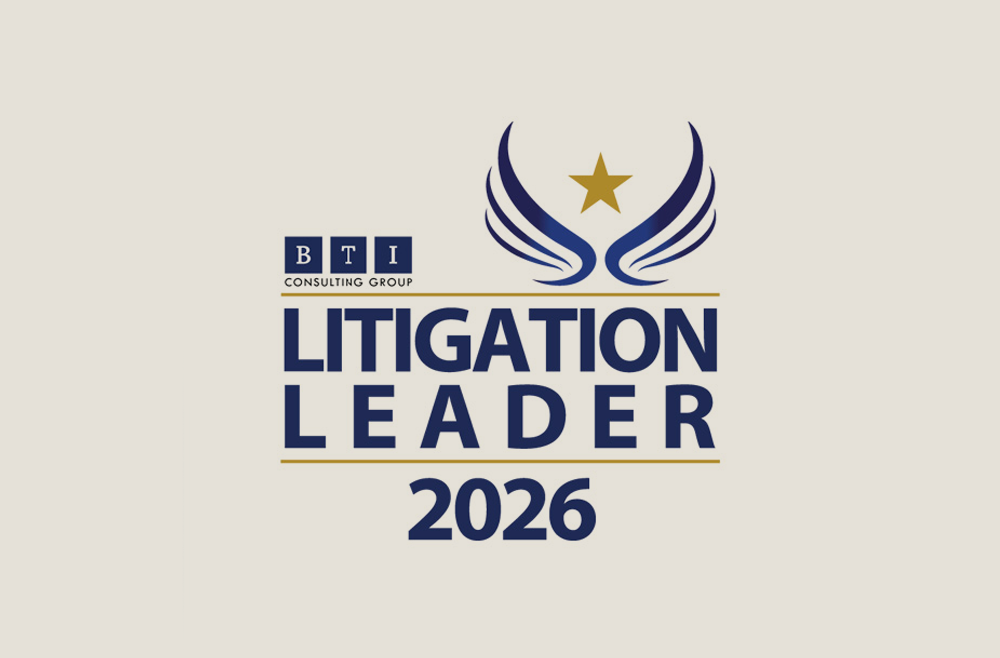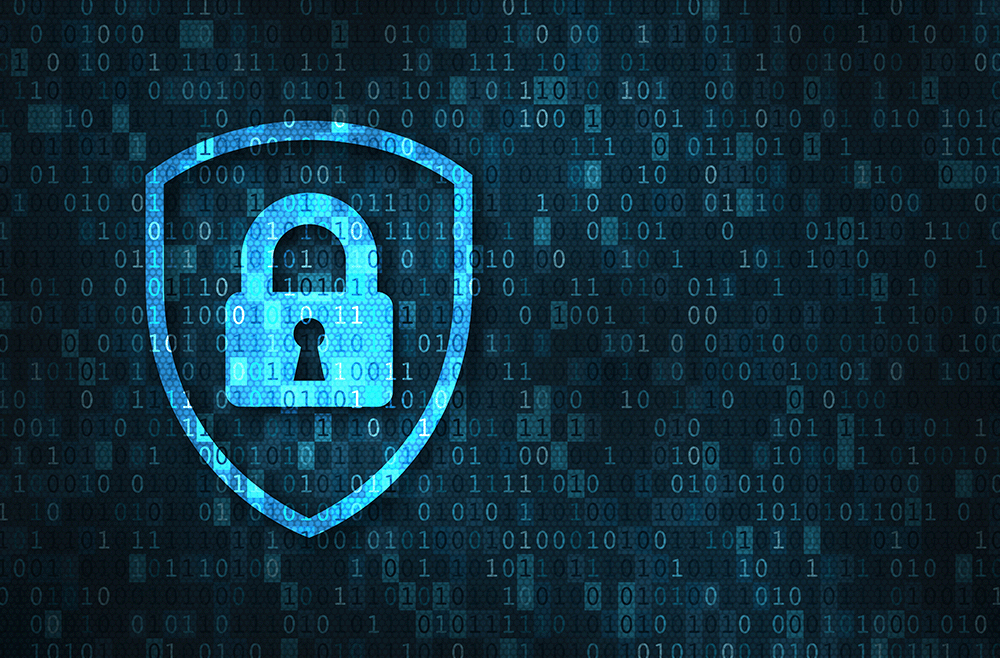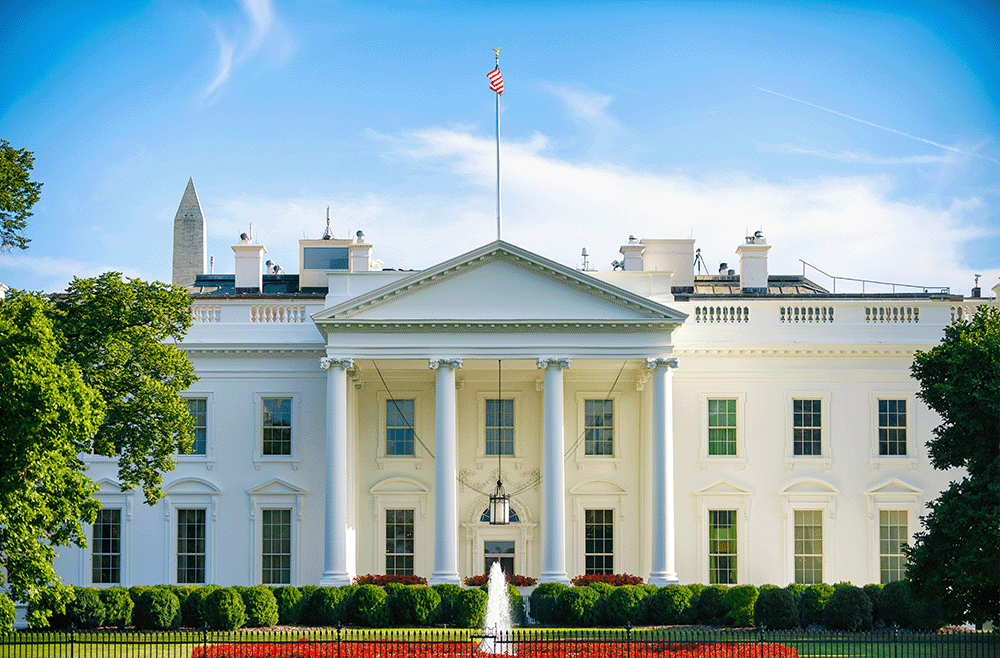Three Recent Cases Make It Easier to Establish Liability for Multiparty Patent Infringement
Intellectual Property Update
Hinshaw Alert | 6 min read
Sep 2, 2015
Overview
Following an eight-year period during which it became generally increasingly difficult to obtain a remedy against multiparty patent infringement, three recent court decisions since May have made it easier to establish liability.[1] The cases involve:
- inducement of infringement, a form of indirect infringement in which one actor induces another actor to infringe — suing an inducer rather than a direct infringer may be preferable if there are many direct infringers but few inducers, or if the direct infringer is a potential customer of the patent holder; and
- divided infringement, a form of direct infringement in which all the steps of a patented method are performed but are divided among two or more participants.
Case 1: Commil USA, LLC v. Cisco Systems, Inc., 135 S.Ct. 1920 (2015)
The U.S. Supreme Court held that a good faith belief in patent invalidity is not a defense to inducement of infringement.
Case 2: Suprema, Inc. v. International Trade Commission, 2015 WL 4716604 (Fed. Cir. 2015)
The U.S. Court of Appeals for the Federal Circuit, sitting en banc, held that the International Trade Commission (ITC) has the power to exclude goods whose mere importation does not infringe a patent, but whose use by the importer directly infringes the patent at the inducement of the seller of the goods.
Case 3: Akamai Technologies, Inc. v. Limelight Networks, Inc., 2015 WL 4759378 (Fed. Cir. 2015)
The en banc Federal Circuit ruled unanimously to make it easier for a participant in divided infringement to be found liable of direct infringement. Since Muniauction, Inc. v. Thomson Corp., 532 F.3d 1318 (Fed. Cir. 2008), the general rule was that a participant in divided infringement could only be liable if it directed or controlled the other participant(s) because the other participant was its agent or was contractually obligated to the participant to perform the other steps. Now, under Akamai, the participant can also be liable if all participants are in a joint enterprise, or if the participant "conditions participation in an activity or receipt of a benefit upon performance" of the other steps and "establishes the manner or timing of that performance." This case is explained in more detail below.
Summary of Akamai
Akamai's procedural history is rather complicated. In short, it includes a jury award of $ 45.5 million to Akamai for direct patent infringement and a U.S. Supreme Court decision — discussed in "Supreme Court Decision Leaves Patent Law on Divided Infringement in Flux" — remanding the case to the Federal Circuit. This alert is based on the subsequent Federal Circuit rehearing en banc.
On rehearing, the en banc Federal Circuit unanimously held that a participant can be liable for divided infringement of a patented method if the participants are in a joint enterprise or if the participant directs or controls the other participant(s).
Although a joint enterprise was not at issue, the Federal Circuit held that all participants of a joint enterprise are individually accountable for steps performed by the others.[2]Four elements are required to show a joint enterprise:
- an agreement, express or implied, among the members of the group;
- a common purpose to be carried out by the group;
- a community of pecuniary interest in that purpose, among the members; and
- an equal right to a voice in the direction of the enterprise, which gives an equal right of control.
The Federal Circuit also adopted a new standard for direction or control in which only the directing or controlling participant is liable for direct infringement. It covers three scenarios, of which the first two were set forth in Muniauction. The third scenario, which has two prongs, is entirely new. In particular, a directing or controlling participant in divided infringement has direction or control of the other participant(s) where:
- the other participant is an agent of the directing or controlling participant;
- the other participant is contractually obligated to the directing or controlling participant to perform the other steps of the method; or
- the directing or controlling participant: (a) "conditions participation in an activity or receipt of a benefit upon performance" of the other steps by the other participants and (b) "establishes the manner or timing of that performance."
The Federal Circuit found that Limelight infringed under the third scenario and reinstated the $45.5 million jury verdict. As to prong (a), the court found that Limelight customers were required to perform certain tagging and serving steps of the patented method before Limelight was obligated to deliver content on its content delivery network. As to prong (b), the court noted Limelight's extensive customer support, including:
- a welcome letter from Limelight with instructions for use of its services;
- a "technical account manager" assigned by Limelight to lead implementation;
- a hostname assigned by Limelight for the customer to integrate into its webpages;
- "installation guidelines" provided by Limelight; and
Limelight's continuous engagement with customers' activities.
In view of such extensive involvement by Limelight, the court concluded:
Limelight's customers do not merely take Limelight's guidance and act independently on their own. Rather, Limelight establishes the manner and timing of its customers' performance so that customers can only avail themselves of the service upon their performance of the method steps.
Because the third scenario is completely new and because the Federal Circuit did not provide further guidance, application of this scenario, particularly prong (b), to other circumstances is uncertain. In particular, it is unclear how much customer service was necessary for the finding of direction or control.
Significance of Opinions
Patent holders should re-evaluate or investigate divided infringement cases, particularly if the patented methods can be operated over the Internet, in part because the Internet facilitates cooperation. Under a prior Federal Circuit decision in this case, divided infringement was often only actionable as inducement of infringement, which requires the inducer to know that the induced conduct would infringe. Now, no intent is necessary and consequently the likelihood of a successful suit is greatly improved.
Patent holders should also re-evaluate or investigate induced infringement cases. Commil increases the chances of success by eliminating a good faith belief in invalidity as a defense while Suprema gives patent holders a powerful remedy in the form of ITC investigations and ITC exclusion orders against the importation of articles that are used to infringe a patent after their importation. The scope of ITC investigations will increase if the Federal Circuit decides that the ITC has jurisdiction over digital articles in ClearCorrect Operating, LLC v. ITC.[3]
Potential defendants in a multiparty infringement situation should seek advice of counsel to avoid liability and business disruptions in this complicated and evolving area of law[4] because of: (1) new grounds for a finding of liability in divided infringement pursuant to Akamai; (2) the elimination of a good faith belief in invalidity as a defense to induced infringement in Commil; and (3) an expansion of ITC jurisdiction over induced infringement in Suprema.
For more information, please contact Roger M. Masson.
This alert has been prepared by Hinshaw & Culbertson LLP to provide information on recent legal developments of interest to our readers. It is not intended to provide legal advice for a specific situation or to create an attorney-client relationship.
[1] An earlier case, Promega Corp. v. Life Technologies Corp., 773 F.3d 1338 (Fed. Cir. 2014), expanded the scope of induced infringement under 35 U.S.C. § 271(f)(1), which relates typically to exports of kits from the United States that are assembled abroad, which if assembled in the United States would be a direct infringement. Life Technologies has a petition for certiorari pending before the U.S. Supreme Court.
[2] The immediately prior panel stated in a contradiction that there was liability for a joint enterprise, but that it was not adopting joint enterprise liability since it did not apply to the facts of the case.
[3] Not discussed in this alert.
[4] United States district courts have already begun interpreting Akamai. Indeed, in Eli Lilly & Co. v. Teva Parenteral Medicines, Inc., No. 10-cv-01376 (S.D. Ind. Aug. 25, 2015), a district court found direct infringement by a prescriber of a patented method involving administration of a pharmaceutical and a vitamin by the prescriber and self-administration of another vitamin by the patient. The district court also found induced infringement by defendants, generic manufacturers who sought permission to sell the pharmaceutical.
Featured Insights

In The News
Nov 13, 2025
A Profile on Neil Rollnick: After 57 Years in Practice, He Has No Plans to Retire

Press Release
Oct 22, 2025
Hinshaw & Culbertson LLP Launches New Website and Refreshed Brand

Press Release
Sep 26, 2025
Hinshaw Recognized as a “Leader in Litigation” in the BTI Consulting Litigation Outlook 2026 Survey

Privacy, Cyber & AI Decoded Alert
Sep 23, 2025
Fall 2025 Regulatory Roundup: Top U.S. Privacy and AI Developments for Businesses to Track

Press Release
Sep 15, 2025
Hinshaw Achieves 2024–2025 Mansfield Rule Certification Plus Status

In The News
Sep 5, 2025
Jessica Riley Reflects in a Law360 Story on Lessons She Learned as a Junior Lawyer







